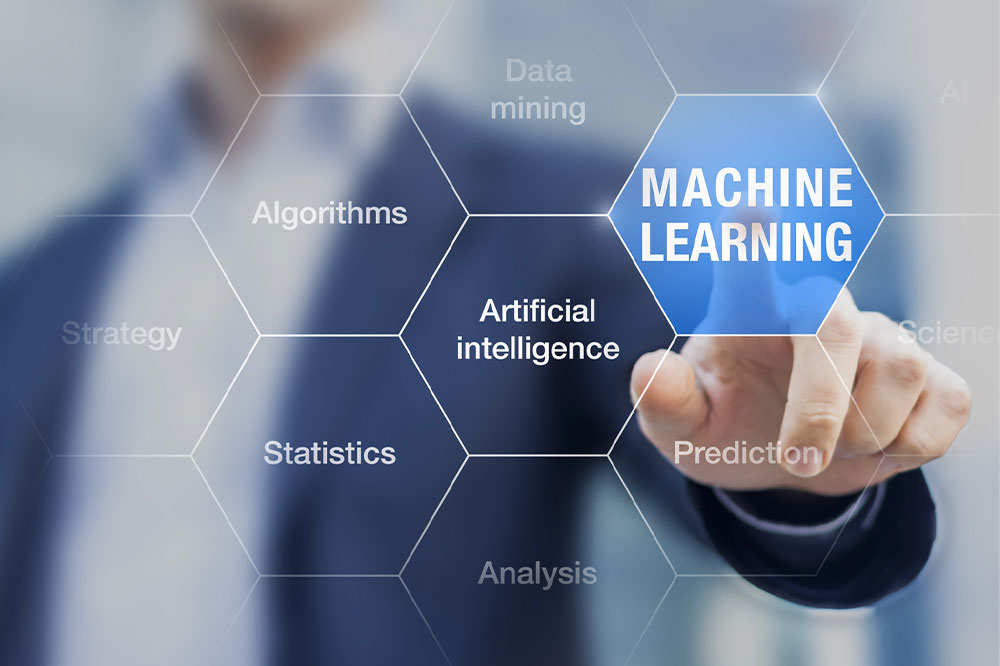Understanding the different aspects of supervised machine learning

Machine learning is a form of artificial intelligence and a branch of computer sciences. It focuses on using data and algorithms to allow machines to imitate human behaviors and learning. The machines continue to learn with the help of the data provided to them and get better, faster, and more accurate. Due to the boom in artificial intelligence over the last decade, machine learning has become crucial in the field of data science.
Supervised machine learning
Supervised machine learning is a type of machine learning where the machines are trained using “labeled” data. The machines then use this input data to give an output. Labeled data is when some of the input data is already connected/tagged with the accurate output data. In supervised learning, the data that you provide the machine is the supervisor that teaches the machine how to give an accurate prediction or output. Supervised machine learning is mainly used for risk assessment, classification of images, as well as fraud detection, and spam filtration.
Different types of supervised machine learning
There are different types of supervised machine learning based on the type of problem, and they are regression and classification.
Regression algorithms
Regression models of machine learning are used when there is a relationship between the data that is used as input and the output variable. This type of algorithm is used when one wants to predict continuous variables and outcomes. There are also different types of regression algorithms, including linear regression, non-linear regression, polynomial regression, and regression trees.
Classification algorithms
Classification algorithms are used in machine learning when there are categories for the output variable. There could be two or more categories, such as yes or no, or true or false. This type of supervised machine learning is used for spam filtration. Classification algorithms are further classified into the random forest, decision trees, logistics regression, and more.
Pros and cons of supervised machine learning
Supervised machine learning is used widely across different industries because it has many advantages. One of the most important benefits is that with its help, one can predict outputs based on prior experiences. Another great aspect of supervised machine learning is that it has tons of real-world applications and can be used to solve a wide range of problems. On the downside, supervised learning is not suitable for complex tasks. It requires lots of training and computation inputs to give us an accurate output. Supervised learning also cannot give us accurate output if the test data is different from the data used for training.
Supervised machine learning vs. unsupervised machine learning
Supervised machine learning requires one to provide labeled data for training purposes. On the other hand, unsupervised learning uses unlabeled data for training. This is the chief difference between the two. With unsupervised learning, there is also no correct output variable or value. The algorithms are able to function more freely, and one can often get to see unexpected findings.